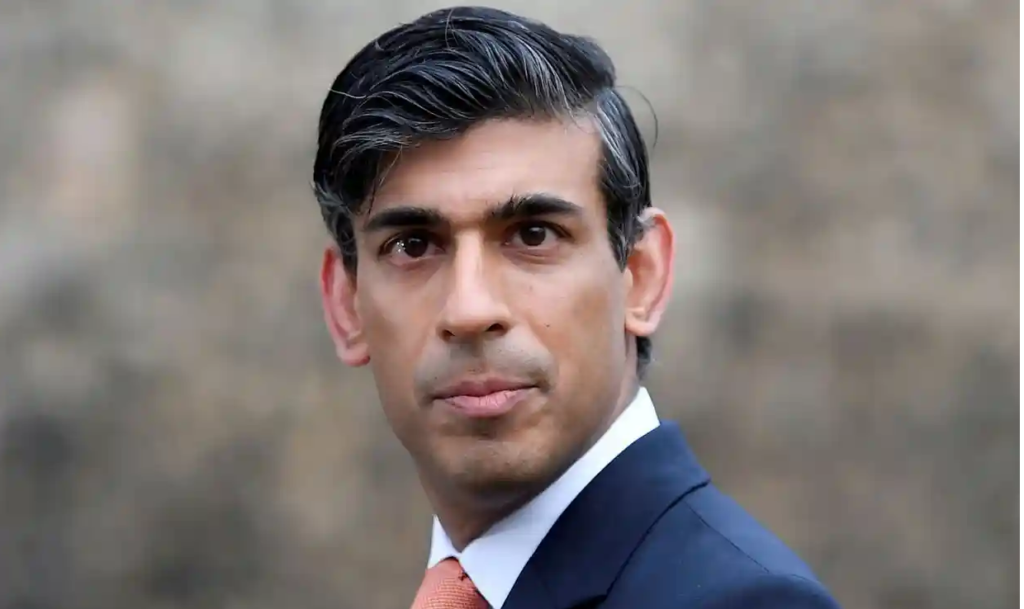
When ERIC met Rishi
DESPITE additional resources directed towards clearing the backlog of NHS appointments and operations, some pre-announcement fears have proven both prescient and well-founded, “NHS leaders fear will offer them £5bn less than they need”^.
Worryingly - based upon the original research by Henley Business School for my recent book Independent Director in Society - executives on NHS Trust boards and within NHS Providers, NHS Confederation and NHS Improvements could automatically find themselves in a much deeper financial black hole before spending a single penny of these additional resources upon trying to rectify the widely-acknowledged coronavirus backlog of operations, treatments and appointments. Catch-up costs alone here are estimated at a minimum tariff of around £10bn per annum for the next three years.
In these circumstances, effective NHS & NHS Trust corporate governance is immediately rendered impossible and severer budgetary crisis inevitable. Knowing there is an already guaranteed crisis of staffing, resources, equipment and timetabling ahead for the NHS now and this winter, it is as if the Treasury is structurally deliberately turbo-charging this crisis.
Worse still, the latest NHS ERIC (“Estates Returns Information Collection”) for 2019-2020 has seen the NHS “maintenance backlog” balloon by nearly forty-two per cent (42%) in a single accounting year from £6.5bn to £9bn. If this estates and facilities management trend continues the trend of the last decade to borrow from Peter (ERIC) to allow Paul (the NHS) to keep functioning day-to-day, the period of most coronavirus impact on the NHS could see the 2020-2021 ERIC increase to around £12.5bn. The previous ERIC (2018-2019) revealed that over half of the backlog (£3.4bn) represented issues that are “high risk to patients and staff”^^.
Disturbingly, even the extra resources and additional spending plans (funded by the National Insurance rate increase) announced by the Government takes place against a financial backdrop where the coronavirus maintenance backlog impacts have not been officially quantified by ERIC for 2020-2021.
Compounding already hugely complicated matters still further, leaked details from the newly minted New Hospitals Communications Playbook sees the Government’s NHS Building programme seek to re-brand delayed ERIC equipment, building maintenance and re-development works – essentially operational basic repairs, refurbishments and modernisations – as “new hospitals”^^^! These, of course, might well be the “40 new hospitals” famously promised in the pre-pandemic Government Election manifesto.
Though statistically inept, such misleading double/triple accounting and linguistic redefinition sophistry might fool some and also be politically expedient but – it appears deliberately - further throws NHS Service and NHS Trust corporate governance into an existential crisis for reasons unstated and unknown? But, it is said, possibly, linked to privatisation? Talk by the Prime Minister of the need for new social insurance products to insure against individuals Care cost obligations during PMQs this lunchtime (8 September 2021) certainly suggests, if nothing else, an awkward mix of public and private health schemes.
With the current agreed NHS budget due to expire in October 2021, politically expedient decisions made in haste don’t look like the judicious strategic planning likeliest to enhance, improve or, indeed likely to, what some term, ‘Save the NHS’.
Research for my book already had twenty per cent (20%) of NHS executives fear for their ability to fulfil the NHS mandate before these pending repairs and waiting lists ballooned. It would be no surprise if NHS executive confidence in their ability to ensure good corporate governance had been further dented.
Notes to Editors
^ Politico emailer 30.08.21
^^ p.40 Independent Director in Society
^^^ “major refurbishments and new wings/units which are part of the [NHS Building programme] scheme…all satisfy the criteria we set of what a new hospital is and so must always be referred to as a new hospital” Health Service Journal
Photo credit: Toby Melville/Reuters (from Guardian)
